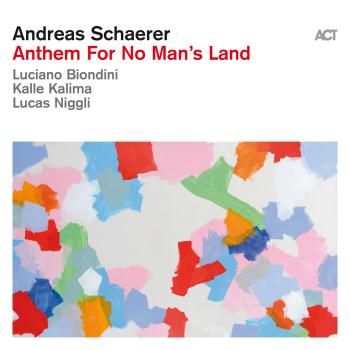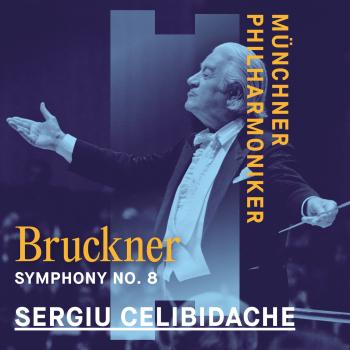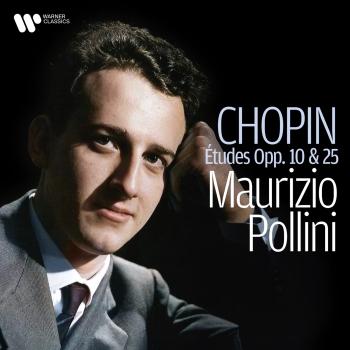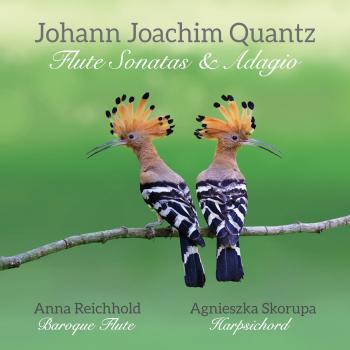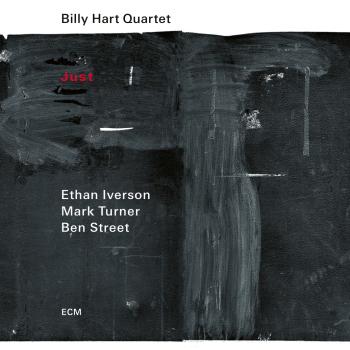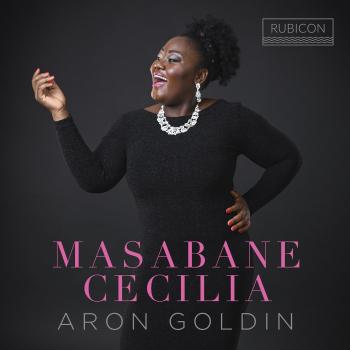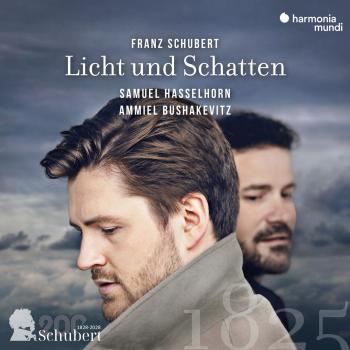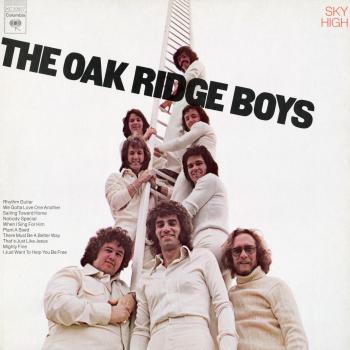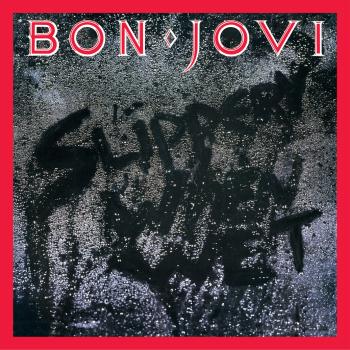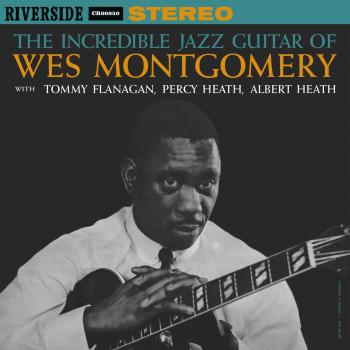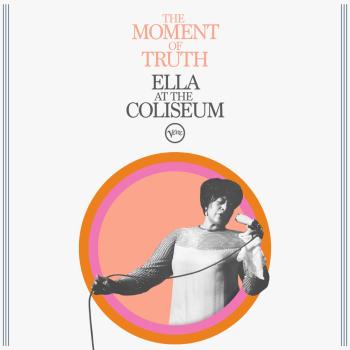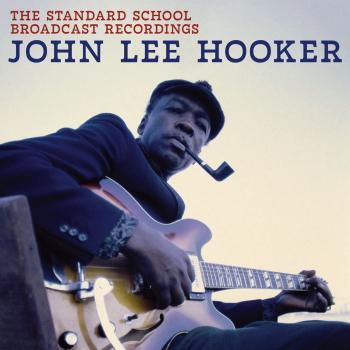
Long Walk Francesco Tristano Schlime
Album info
Album-Release:
2012
HRA-Release:
24.05.2013
Label: Deutsche Grammophon (DG)
Genre: Classical
Subgenre: Instrumental
Artist: Francesco Tristano Schlime
Composer: Johann Sebastian Bach (1685–1750), Dietrich Buxtehude, Francesco Tristano Schlime
Album including Album cover
I`m sorry!
Dear HIGHRESAUDIO Visitor,
due to territorial constraints and also different releases dates in each country you currently can`t purchase this album. We are updating our release dates twice a week. So, please feel free to check from time-to-time, if the album is available for your country.
We suggest, that you bookmark the album and use our Short List function.
Thank you for your understanding and patience.
Yours sincerely, HIGHRESAUDIO
- 1 Toccata (BuxWV 165) 03:50
- 2 Canzona (BuxWV 168) 02:51
- 3 Canzona (BuxWV 173) 01:43
- 4 Ciaccona (BuxWV 160) 06:06
- 5 Aria La Capricciosa 22:59
- 6 Variation 30a 1 Clav Quodlibet (BWV 988) - Goldberg Variations 01:56
- 7 Long Walk 09:27
- 8 Aria (BWV 988) - Goldberg Variations 02:58
- 9 Ground Bass 09:31
Info for Long Walk
„Long Walk“ – einen langen Marsch nahm der 20jährige Johann Sebastian Bach 1705 auf sich: Fast 400 Kilometer ging er zu Fuß von Arnstadt nach Lübeck, um dem berühmten Dietrich Buxtehude bei seinem Orgelspiel zuzuhören. Aus der für einige Wochen geplanten Reise wurde ein dreimonatiger Studienaufenthalt, Buxtehude wurde Bachs Lehrer.
Francesco Tristano stellt Buxtehudes wichtigstes Klavierwerk ins Zentrum seines neuen Albums: Die Aria „La capricciosa“. Der Aufenthalt bei Buxtehude beeinflusste Bachs musikalisches Schaffen nachhaltig. Das belegt im Besonderen eines seiner berühmtesten Spätwerke, die „Goldberg-Variationen“. Wie „La capricciosa“ in G-Dur geschrieben, sind beide Stücke in ihrer Form identisch und weisen zahlreiche musikalische Parallelen auf.
1974 wurde in Bachs persönlichem Manuskript der „Goldberg-Variationen“ eine Appendix gefunden, 14 Kanons über die ersten acht Basstöne der „Aria“, heute bekannt als BWV 1087. Diese raffinierten Miniaturen hat Francesco Tristano in seiner Komposition „Long Walk“ kombiniert, „remixed“ sozusagen, und somit die spielerische Dimension von Bachs gelehrter Kontrapunktik erschlossen.
Tristano übersetzt auf „Long Walk“ die Musik des Barock ins Jetzt.
Er ist ein wirklich unerschrockener Pianist, kombiniert Klassik und Techno, begeistert im Konzertsaal genauso wie im Club . . . Auch auf diesem Album spielt Francesco Tristano Klassik als gegenwärtige, quicklebendige Musik. Er macht den Einfluss Buxtehudes auf Bach transparent und entwickelt darüber hinaus aus ihren Themen Eigenkompositionen, in denen er sie zu seinen Zeitgenossen macht. (Andreas Krieger, BR Klassik)
Francesco Tristano, Klavier
Francesco Schlime
A young musician and composer causing a stir on the club scene as well as in classical concert venues is probably a world-first. It may also be the first time that purists from the classical and techno camps actually agree on something – That they don’t know quite what to make of this young musician who refuses to stick to the rules. For Francesco Tristano this kind of reaction is nothing new. Experienced concert audiences and classical music lovers may feel equally baffled when they hear a pianist blend and mix his own composition – just like a DJ – into a piece by baroque composer Girolamo Frescobaldi…
The intrepidness with Francesco Tristano combines eras and styles, occasionally allowing them to collide, may initially create a baffled response. However, Luxembourg-born Tristano has no aspirations as an agitator. Almost everything he does is an expression of an open-minded attitude which refuses to accept borders and constrictions. Tristano knows all about the interpretational conventions that have shaped generations of classical pianists – and he has chosen to ignore them. He does not seek approval as an artist and when his dynamic performance emotively basks in the intrinsic severity of Old music – that’s when he’s truly radical.
Tristano, born in 1981, discovered the piano at the age of five. Aged 13, he played his first concert, presenting his own compositions. He later toured both as a soloist and with renowned orchestras, such as the Russian National Orchestra, the Deutsches Symphonie-Orchester Berlin, and the Hanoi Philharmonic Orchestra among others. Tristano founded his chamber ensemble, The New Bach Players which he also conducts. This ensemble consciously breaks with conventions, using a modern grand piano and old, vibratoless bows on contemporary string instruments.
Tristano visited New York’s Juilliard School during five years. The city of New York opened his ears to electronic and club music. to complete Bach legend Rosalyn Tureck’s master class. In 2004, he won the first prize at the International piano competition for contemporary music in Orléans, France. Tristano has released twelve albums, among them recordings of Bach Goldberg Variations and complete keyboard concertos, Luciano Berio complete piano works, and Girolamo Frescobaldi Toccatas. ‘Not for Piano’ (inFine, 2007), presented his own compositions as well as versions of techno classics at the piano. ‘Idiosynkrasia’ (inFine, 2010), recorded at Carl Craig’s Planet E-communications in Detroit, was released to critical acclaim in 2010. ‘bachCage’, produced by Moritz von Oswald, was released on DGG in 2011. Tristano is a Deutsche Grammophon artist and he just released his third album “scandale” with Alice Sara Ott on that label. His collaborative tracks and remixes have been released on labels such as Innervisions, CLR, Visionquest, PIAS and Infine.
This album contains no booklet.

